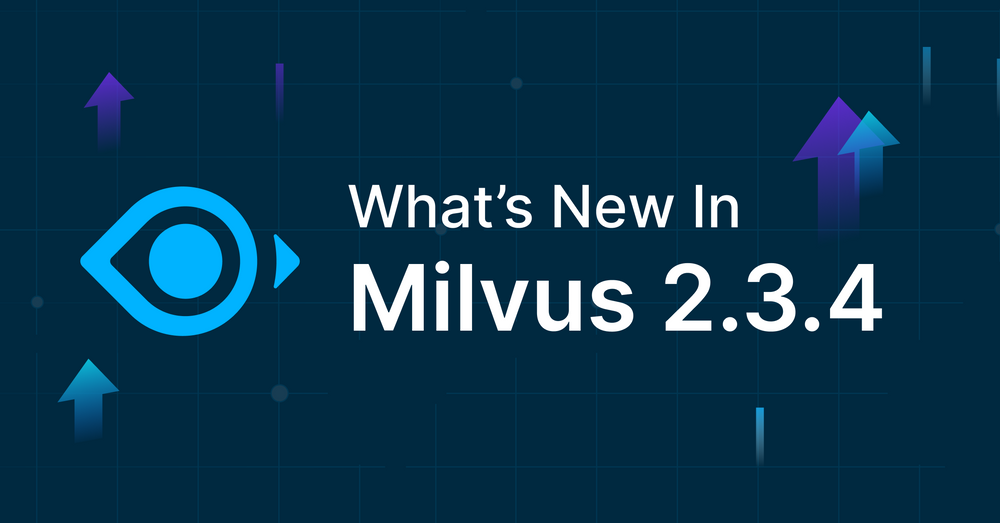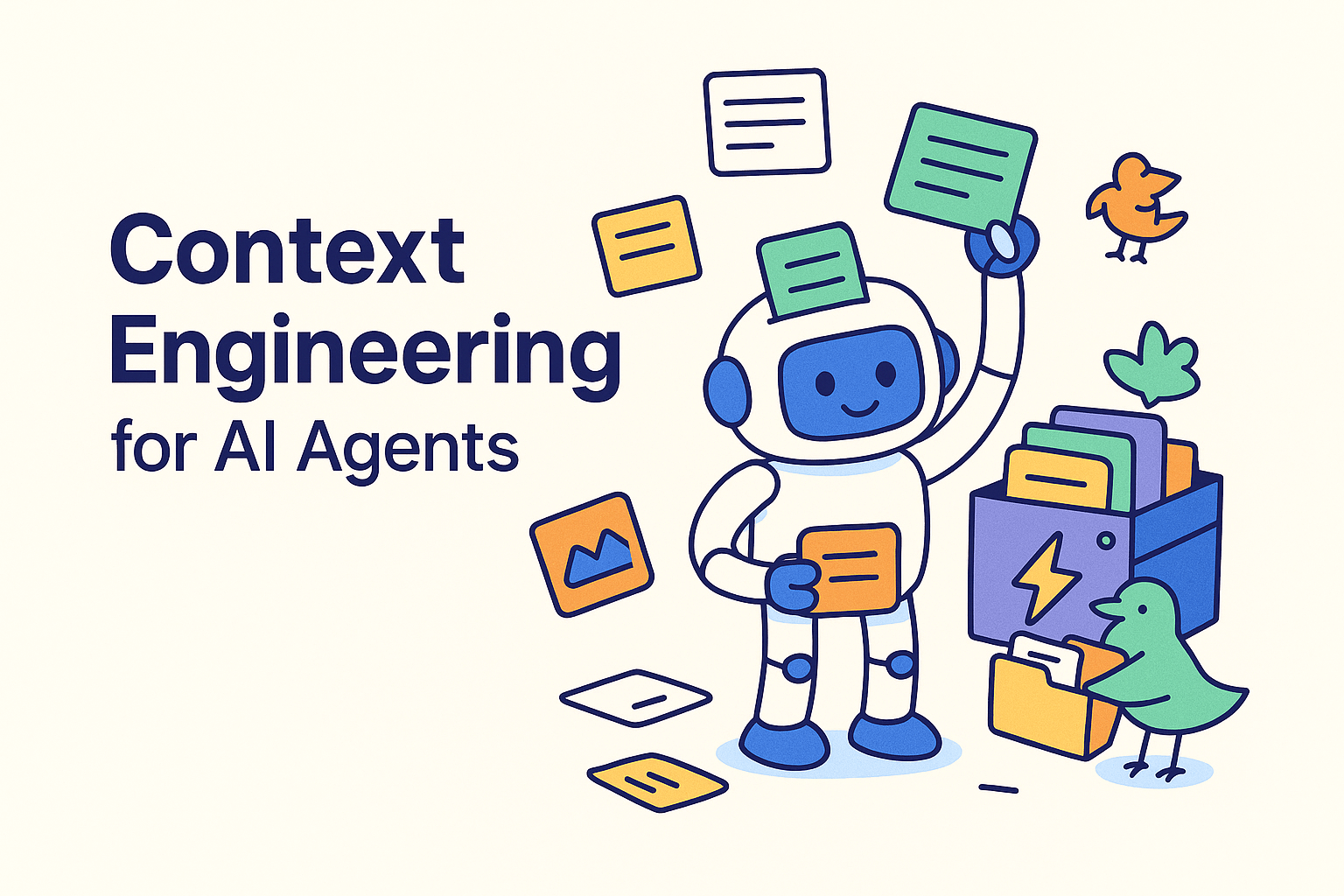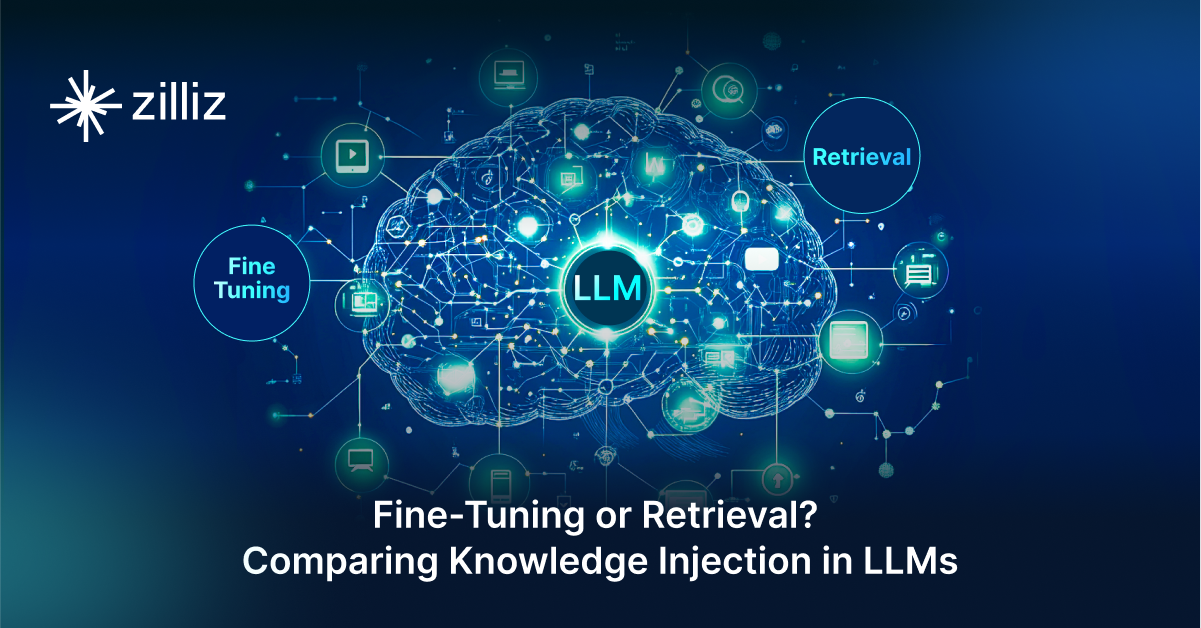What’s New in Milvus 2.3.4

In the latest update, Milvus 2.3.4, we're pleased to introduce several enhancements that improve the availability and usability of our vector database platform. With developers in mind, this release focuses on streamlining monitoring, data import, and search efficiency.
📦 PyPI: https://pypi.org/project/milvus/
📚 Docs: https://milvus.io/docs
🛠️ Release Notes: https://milvus.io/docs/release_notes.md#234
🐳 Docker Image: docker pull
🚀 Release: Milvus-2.3.4
Key Highlights
📓Access Logs - The addition of access logs in Milvus 2.3.4 marks a step forward in our monitoring capabilities. This feature records detailed information about external interface interactions, such as method names, user requests, response times, and error codes. It's particularly useful for developers and system administrators who need deeper insights into system performance and user interactions. These logs are instrumental in diagnosing issues, fine-tuning performance, and boosting system reliability. Currently available for gRPC interfaces, we plan to expand this feature in future updates.
🗂️Parquet File Support - Milvus 2.3.4 now supports Parquet file imports, enhancing our data handling capabilities. Parquet's efficient columnar storage format is ideal for large-scale data operations, often offering better compression and improved query performance than row-based formats like JSON, particularly with complex and large datasets. Its ability to handle a wide range of data types, including nested and complex structures, provides developers with a versatile tool for managing diverse data sources. This feature is designed to give developers more options for efficient and effective data management in Milvus.
📖Binlog Index on Growing Segments - A highlighting feature of Milvus 2.3.4 is the introduction of a Binlog index on growing segments. This enhancement boosts search efficiency, enabling the use of advanced indexing techniques like IVF or Fast Scann in Milvus's growing segments. It's especially valuable when datasets are expanding rapidly, ensuring that search performance keeps up with data growth. Consequently, searches within growing segments are now 10x faster, improving user experience and reducing latency.
⬆️Other Improvements: Milvus 2.3.4 includes a range of improvements across the platform in this release. We've expanded support for collections/partitions from 4096 to 10,000, catering to complex, multi-tenant environments. Additionally, this update brings enhanced memory efficiency, clearer error messaging, faster data loading speeds, and improved query shard balance, making for a smoother and more efficient overall experience.
We encourage developers to visit our release notes for a comprehensive overview of all the new features and enhancements in Milvus 2.3.4.
Closing Notes
With Milvus 2.3.4, our journey in advancing vector database technology continues. This update brings thoughtful enhancements tailored to the everyday needs of developers. From improved search capabilities to robust data import options, these tools are crafted to enhance your experience with Milvus 🛠️. We're keen to see how these incremental improvements will facilitate your projects in vector databases. Let's continue to innovate and push the boundaries of what's possible 🚀🌐.
- Key Highlights
- Closing Notes
Content
Start Free, Scale Easily
Try the fully-managed vector database built for your GenAI applications.
Try Zilliz Cloud for FreeKeep Reading

Context Engineering Strategies for AI Agents: A Developer’s Guide
Learn practical context engineering strategies for AI agents. Explore frameworks, tools, and techniques to improve reliability, efficiency, and cost.

Knowledge Injection in LLMs: Fine-Tuning and RAG
Explore knowledge injection techniques like fine-tuning and RAG. Compare their effectiveness in improving accuracy, knowledge retention, and task performance.

Why DeepSeek V3 is Taking the AI World by Storm: A Developer’s Perspective
Explore how DeepSeek V3 achieves GPT-4 level performance at fraction of the cost. Learn about MLA, MoE, and MTP innovations driving this open-source breakthrough.
